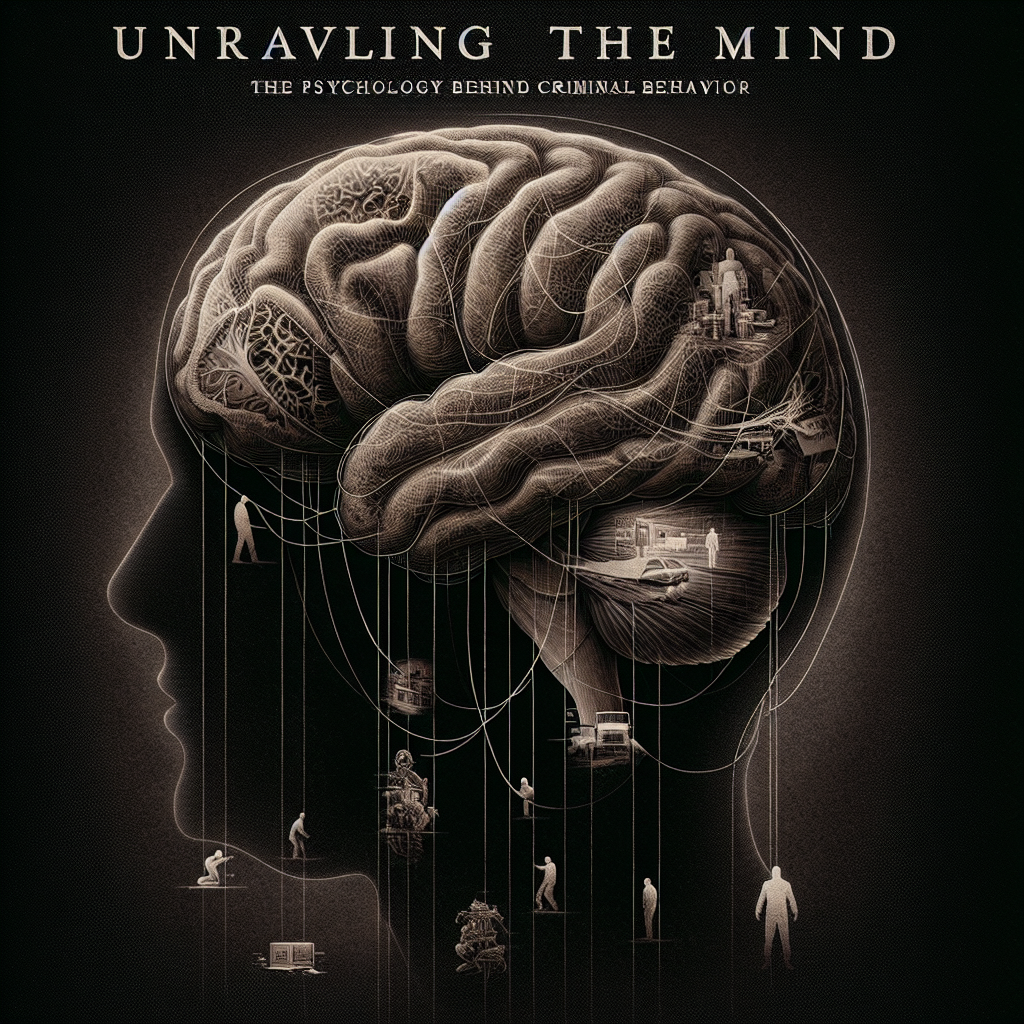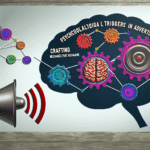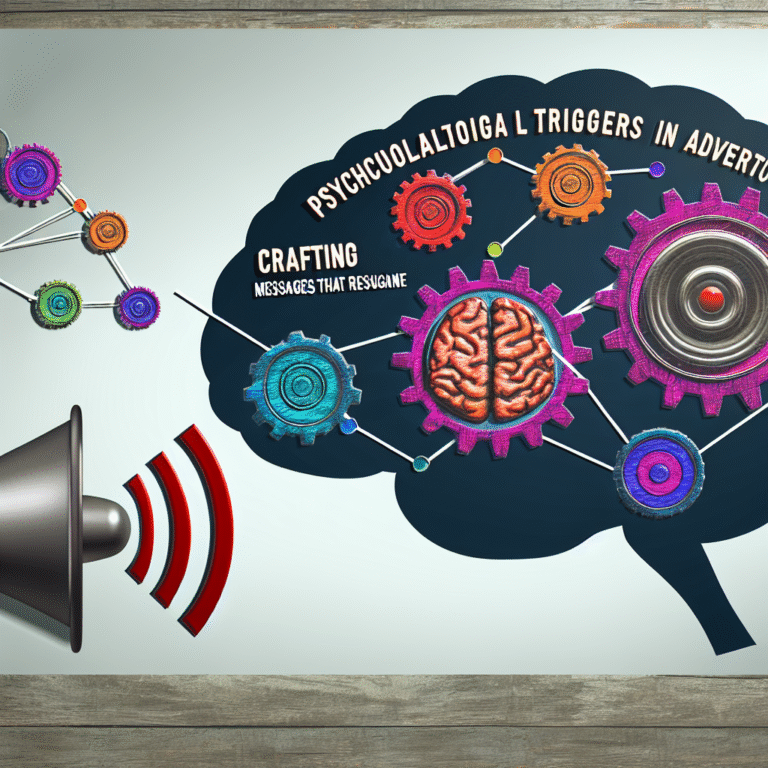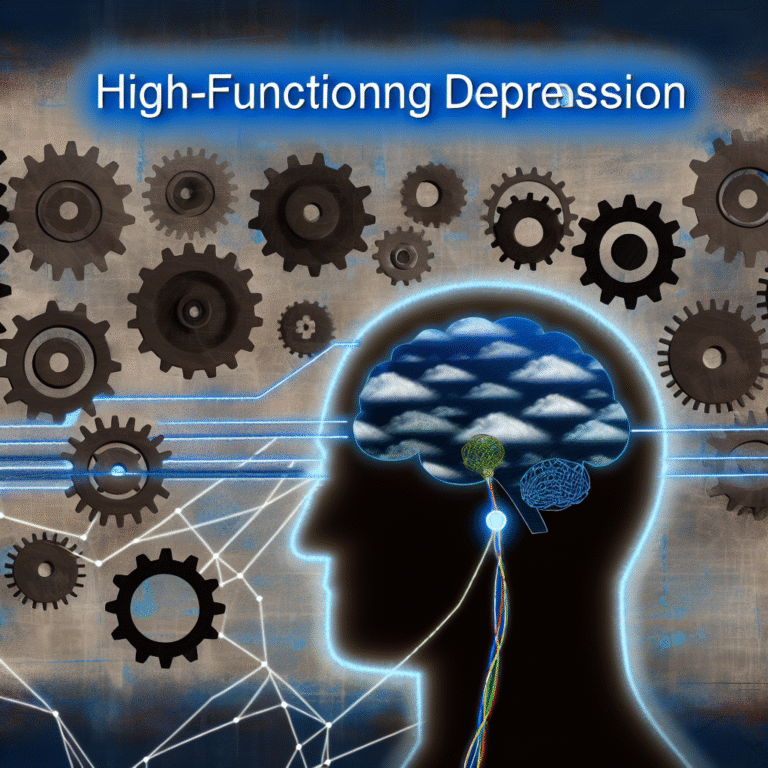
Introduction
Criminal behavior has intrigued society for centuries, as we constantly seek to understand what drives individuals to commit acts against the law. This inquiry is not just merely academic; it holds the potential to impact criminal justice policies, rehabilitation strategies, and societal safety. In Unraveling the Mind: The Psychology Behind Criminal Behavior, we will delve deep into the psychological underpinnings that contribute to deviant behavior. Whether it’s the childhood experiences that shape an individual, the social structures that influence decisions, or the cognitive dissonance that colors perception, understanding these elements can pave the way for prevention and intervention.
The Foundations of Criminal Behavior
1. Nature vs. Nurture: The Ongoing Debate
Case Study: The Life of Ted Bundy
One of the most notorious criminals in American history, Ted Bundy, often serves as a focal point in discussions about nature versus nurture. Bundy’s charming exterior masked a disturbing proclivity for violence. His early life was marked by instability, a pivotal factor often cited in discussions of criminal psychology.
| Factor | Nature (Genetics) | Nurture (Environment) |
|---|---|---|
| Early Childhood Trauma | Minimal | High |
| Family Background | Unclear | Dysfunctional |
| Societal Influence | Some | Significant |
Analysis: Bundy’s case illustrates that while biological factors may play a role, environmental influences seem to hold substantial weight in the development of criminal tendencies.
2. Psychological Disorders and Criminality
Criminal behavior is frequently correlated with various psychological disorders. Disorders such as antisocial personality disorder (ASPD) and borderline personality disorder (BPD) often manifest in ways that predispose individuals to delinquent behavior.
Case Study: The Unabomber, Ted Kaczynski
Ted Kaczynski, or the Unabomber, suffered from severe social anxiety and extreme paranoia, which influenced his decisions to commit acts of terrorism. His manifesto, frequently turning against technology and society, reflects profound psychological anguish.
Analysis: Understanding Kaczynski’s psychological makeup provides insight into how mental health issues can catalyze violent behaviors, a crucial point in "Unraveling the Mind: The Psychology Behind Criminal Behavior."
3. The Role of Social Influences
Peer Pressure and Its Ramifications
The powerful influence of peers cannot be overstated. Individuals may be led to commit crimes under peer pressure, especially in adolescent groups. This phenomenon raises questions about free will and individual accountability.
| Age Group | Influence of Peer Pressure | Likelihood of Criminal Behavior |
|---|---|---|
| Teenagers | High | Very High |
| Young Adults | Moderate | Moderate |
| Adults | Low | Low |
Analysis: This table highlights the significant impact of social dynamics on the decision-making processes of younger individuals, which often leads to criminal behaviors.
The Cognitive Perspective
4. Cognitive Dissonance in Criminal Minds
Cognitive dissonance—the mental discomfort experienced when holding two contradictory beliefs—plays a crucial role in understanding criminal behavior. Criminals often rationalize their actions, providing a psychological framework for their deeds.
Case Study: White-collar Criminals
White-collar criminals, who often appear respectable, justify their illegal activities through cognitive dissonance. They might rationalize embezzlement as a necessary evil for the greater good.
Analysis: This mechanism offers profound insight into the psychological fabric of criminality, emphasizing how even those in high positions can fall prey to unethical rationalizations.
5. The Influence of Emotion
Emotions can act as double-edged swords, influencing individuals toward both altruism and aggression. Understanding emotional triggers is essential in the study of criminal behavior.
Case Study: NFL Player Aaron Hernandez
Former NFL star Aaron Hernandez’s life took a tragic turn as he became embroiled in criminality, allegedly driven by anger, jealousy, and a thirst for respect within circles that valued aggression.
Analysis: Hernandez’s story emphasizes the powerful impact of emotion on criminal behavior, showing that even seemingly successful individuals are not immune to psychological turmoil.
The Biological Aspect
6. Neurobiology of Crime
Emerging research points to biological factors that influence criminal behavior. Neurotransmitters, brain structure abnormalities, and genetic predispositions may contribute to an individual’s propensity for violence.
Case Study: Violent Offenders
Studies have shown that violent criminals frequently exhibit variations in brain chemistry, particularly in the amygdala, which plays a crucial role in emotional responses.
| Brain Structure | Associated Function | Implications for Criminal Behavior |
|---|---|---|
| Amygdala | Emotion processing | Higher aggression levels |
| Prefrontal Cortex | Decision-making | Impulsivity and poor judgement |
Analysis: This table underscores the significance of biological influences, proving that not all criminal behavior stems from social or psychological aspects alone.
Prevention and Intervention
7. Effective Crime Prevention Strategies
To genuinely address crime, we must consider intervention methods grounded in psychological understanding. Programs focusing on rehabilitation rather than punishment have shown promising results.
Case Study: The Minnesota Survival Initiative
This initiative focuses on rehabilitating juvenile offenders through counseling and skill-building rather than incarceration. Early data suggests significant reductions in recidivism rates.
Analysis: This case highlights the positive effects of psychology-based intervention, making a compelling argument for reform in how society approaches crime and rehabilitation.
Conclusion
The complexities involved in Unraveling the Mind: The Psychology Behind Criminal Behavior reveal an intricate interplay of genetic, psychological, and social factors that shape the actions of individuals. By grasping these nuances, we can implement strategies that will not only deter criminal behaviors but also foster a more empathetic society focused on rehabilitation.
Key Takeaways
- Understand the Roots: It’s essential to explore both the nature and nurture influences in shaping behaviors.
- Mental Health Matters: Addressing psychological disorders in at-risk populations can prevent crime.
- Acknowledge Social Influences: Peer pressure and societal expectations can lead to unethical decisions.
- Emphasize Rehabilitation: Focus on psychological interventions rather than solely punishment to reduce recidivism rates.
FAQs
1. What are the main psychological factors contributing to criminal behavior?
Criminal behavior is influenced by a combination of psychological disorders, emotional states, social dynamics, and cognitive dissonance.
2. Can criminal behavior be predicted?
While there is no definitive way to predict criminal behavior, certain risk factors—such as childhood trauma and mental health issues—can indicate potential for future criminality.
3. How does childhood experience affect criminal behavior?
Early experiences, especially trauma and instability, significantly influence emotional and behavioral development, increasing the likelihood of future criminal acts.
4. Are criminals born or made?
Research suggests a combination of genetic predisposition and environmental factors, implying that both elements play a role in shaping criminal behavior.
5. How important are rehabilitation programs?
Rehabilitation programs focusing on psychological factors show promise in reducing recidivism rates, highlighting their importance in the criminal justice system.
By considering the kaleidoscope of influences on criminal behavior, we can work towards a more thorough comprehension and effective response to crime in society.
















